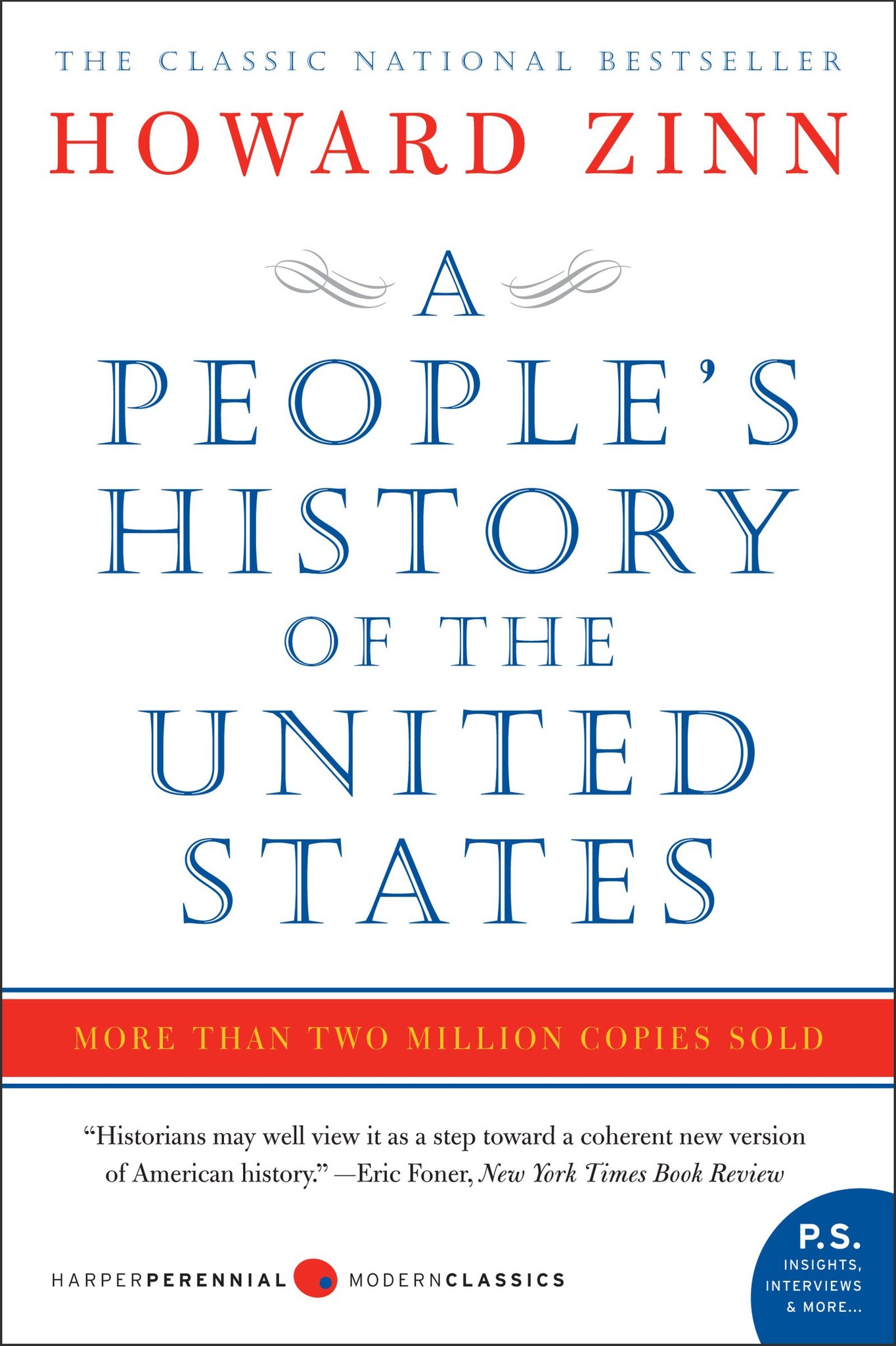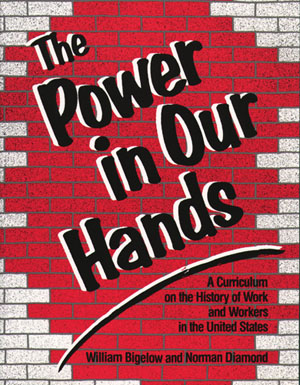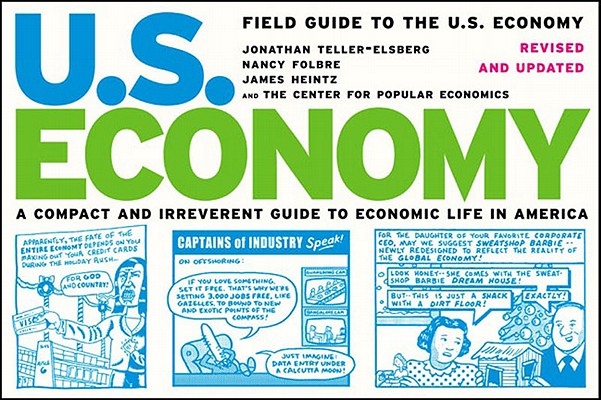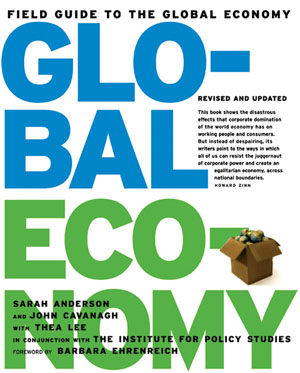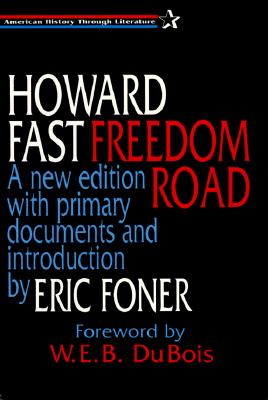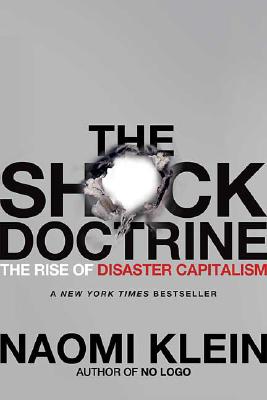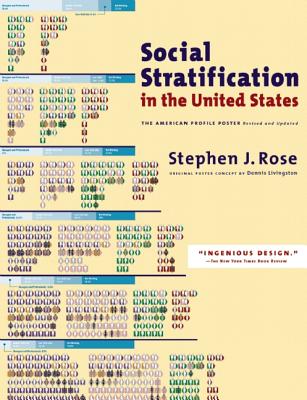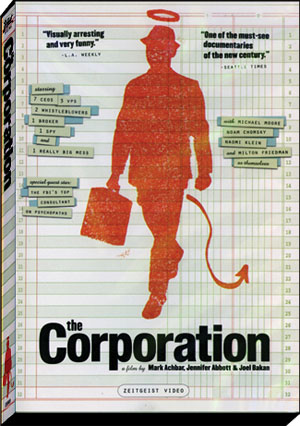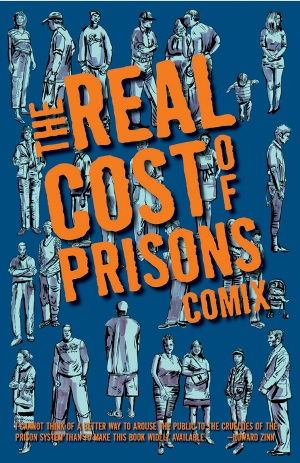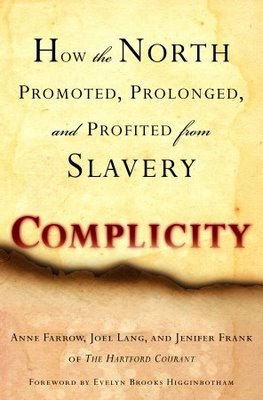A People’s History of the United States: 1492 – Present
Book — Non-fiction. By Howard Zinn. 2005, with a new introduction by Anthony Arnove in 2015. 784 pages.
Howard Zinn's groundbreaking work on U.S. history. This book details lives and facts rarely included in textbooks—an indispensable teacher and student resource.
Continue reading
Howard Zinn's groundbreaking work on U.S. history. This book details lives and facts rarely included in textbooks—an indispensable teacher and student resource.
The Power in Our Hands: A Curriculum on the History of Work and Workers in the United States
Teaching Guide. By Bill Bigelow and Norm Diamond. 1988. 184 pages.
Role plays and writing activities project high school students into real-life situations to explore the history and contemporary reality of employment (and unemployment) in the U.S.
Continue reading
Role plays and writing activities project high school students into real-life situations to explore the history and contemporary reality of employment (and unemployment) in the U.S.
Ultimate Field Guide to the U.S. Economy: A Compact and Irreverent Guide to Economic Life in America
Book — Non-fiction. By Jonathan Teller-Elsberg, James Heintz and Nancy Folbre. 2006. 256 pages.
Easy to read graphs make complex economic data accessible to all ages.
Continue reading
Easy to read graphs make complex economic data accessible to all ages.
The Field Guide to the Global Economy
Book — Non-fiction. By Sarah Anderson, John Cavanagh, and Thea Lee. 2005. 160 pages.
The economics of globalization in easy to read charts.
Continue reading
The economics of globalization in easy to read charts.
Freedom Road
Book — Fiction. By Howard Fast. 1944. 294 pages.
The politics and economics of Reconstruction told through memorable historical fiction.
Continue reading
The politics and economics of Reconstruction told through memorable historical fiction.
The Shock Doctrine: The Rise of Disaster Capitalism
Book — Non-fiction. By Naomi Klein. 2008. 720 pages.
Klein demonstrates how shock has been used by global elites to push through a radical agenda of privatization and "free trade."
Continue reading
Klein demonstrates how shock has been used by global elites to push through a radical agenda of privatization and "free trade."
Social Stratification in the United States: The American Profile Poster
Poster and book. By Stephen J. Rose. 2007; updated 2015. 56 pages.
Visual representation of the distribution of wealth in the United States.
Continue reading
Visual representation of the distribution of wealth in the United States.
The Corporation
Film. By Mark Achbar, Jennifer Abbott, and Joel Bakan. 2004. 145 minutes.
This award-winning documentary examines the nature, evolution, impacts, and future of the modern business corporation and the increasing role it plays in society and our everyday lives.
Continue reading
This award-winning documentary examines the nature, evolution, impacts, and future of the modern business corporation and the increasing role it plays in society and our everyday lives.
The Real Cost of Prisons Comix
Book — Non-fiction. By Ellen Miller-Mack, Craig Gilmore, Lois Ahrens, Susan Willmarth, and Kevin Pyle. 2008. 104 pages.
This comic book presents the human stories behind the statistics.
Continue reading
This comic book presents the human stories behind the statistics.
Complicity: How the North Promoted, Prolonged, and Profited from Slavery
Book — Non-fiction. By Anne Farrow, Joel Lang and Jenifer Frank. 2005. 304 pages.
Challenges the misconception that only the South was involved in or profited from slavery.
Continue reading
Challenges the misconception that only the South was involved in or profited from slavery.

